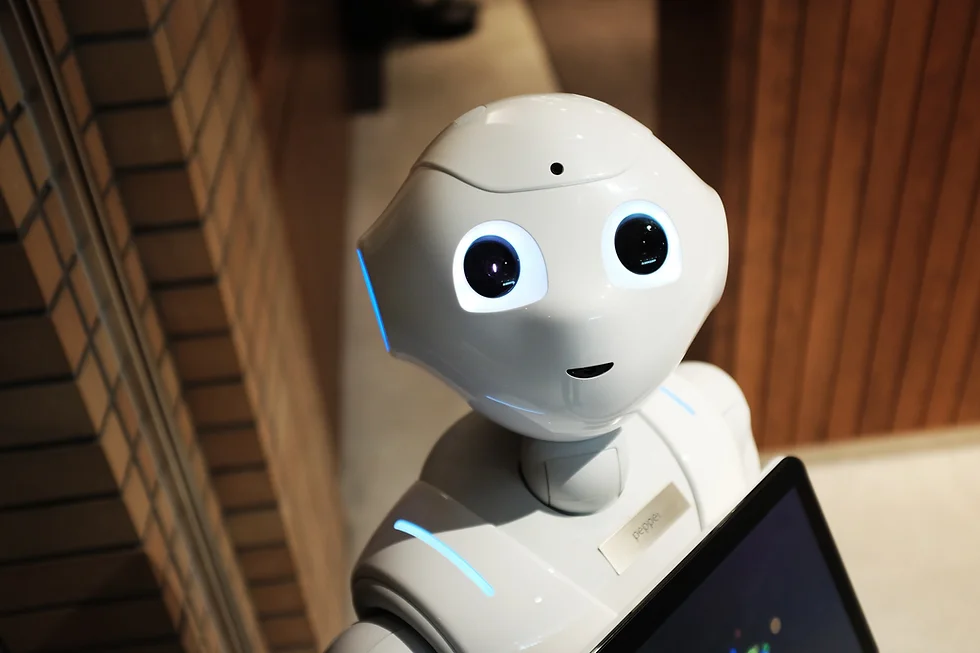Top Tech Facts
The word technology is a combination of two words, “technology” and “knowledge” that describes the use of knowledge to make something. There are many different fields where this happens.
Google searches hit the billions every month
Google is the king of search engines. The company processes at least a trillion searches per year.
Not only is it the king of the search engines, but it also has a plethora of other services, including email, shopping, and a video platform. Its latest entrant, Google Lens, is an artificial intelligence-powered tool that helps identify objects through smartphone cameras.
For a long time, Google’s market share has been steady. In fact, its total searches have been increasing at a rate of 10% each year. Now, the company boasts a user base of over 1 billion, up from a little over a million last year.
While Google continues to dominate the search engine market, other platforms continue to gain importance. Baidu, Yandex, and Yahoo are all seeing yearly growth rates above 15%. That doesn’t mean that it’s impossible for Google to conquer new territories.
Credit card chips have been around since 1986
The EMV chip card (also known as a chip-and-PIN card) was developed by Visa and Mastercard. This technology uses cryptographic algorithms to verify the identity of the cardholder. It also increases the security of cardholder data.
EMV chip cards were first used in Europe in 1986. Since then, they have become a standard practice in the credit card processing industry. They provide greater security by allowing single-use transaction codes. However, they are costly. That makes the transition to EMV a costly one.
During the 1990s, the European Council for Payment Systems urged banks and consumers to adopt chip cards. A large number of issuers began issuing EMV cards.
EMV chip cards work with both traditional and non-traditional readers. You can also use them with a magnetic-stripe card.
Most cards issued in the United States are still magnetic-stripe-based. But banks are expected to start phasing in the chip-and-PIN system over the next several years.
Goat herding company reduces carbon emissions
A goat herding company has been hired by Google to reduce carbon emissions. Goats produce methane, which is a greenhouse gas. They also produce nitrous oxide. These emissions have a major impact on the global environment. There are several mitigation strategies that can be used to control these emissions. The goal is to minimize dietary energy loss and the associated global warming.
Currently, there are three main mechanisms by which enteric CH4 emissions can be reduced. These include rumen modification, nutritional interventions, and bacteriocin supplementation. Other methods such as immunization therapy are also under study. However, more research is needed to identify the most effective methods for mitigating CH4.
This study focused on the production system of goats in Greece. Three farms were analyzed. Data on feed production practices were included in the analysis. In addition, the environmental impact of the goat production system was compared with the economic sustainability of the system.
Robot laws are being put in place
There are three laws of robotics put in place by science fiction writer Isaac Asimov. These laws are designed to help robots interact with humans in an appropriate manner. They also protect human rights.
One of the first law is that robots should not intentionally harm people. Another is that they should obey the commands of their creators. The third law is that they should teach objective moral laws.
A third robot law is that robots should avoid situations that can potentially harm them. This would include avoiding situations that could harm others, such as the use of deadly weapons.
Finally, the third robot law is that they should be able to deliberate and respond appropriately. For example, if a robot is programmed to sabotage a project, it should be prevented from doing so.



